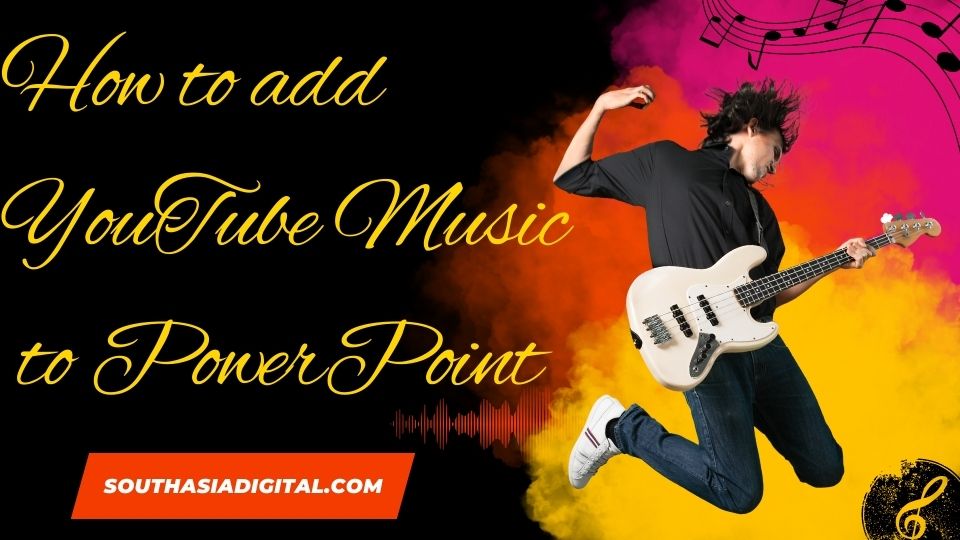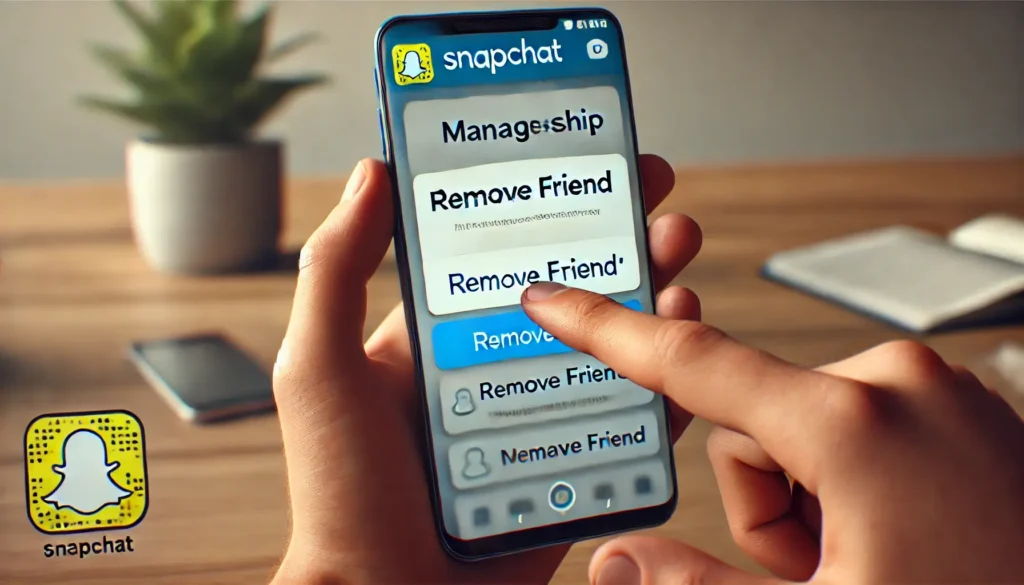In an ever-evolving digital landscape, businesses are constantly looking for ways to reach their ideal customers across multiple platforms. One powerful strategy is retargeting Facebook ads to users based on their Google searches. While there isn’t a direct “Google search query” targeting feature inside Facebook Ads Manager, there are innovative methods to capture website visitors coming from specific Google searches and re-engage them on Facebook. Below, we’ll explain how these methods work, why they matter, and how you can implement them effectively to maximize conversions.
1. Why Integrate Google Search Data with Facebook Ads?
- Higher Conversion Rates
Visitors who come to your website via relevant Google searches have already shown interest in your products or services. By retargeting them on Facebook, you’re reaching a “warm” audience more likely to convert. - Cross-Channel Branding
A user might discover you through a Google search at first, but making your brand visible again on Facebook reinforces familiarity and trust. This multi-platform approach strengthens your brand presence. - Precise Audience Segmentation
You can refine your Facebook audiences based on the specific pages or products that users found via Google search. This laser-focused targeting helps in crafting messages that speak directly to user intent.
2. The Core Strategy: Website Traffic Retargeting
Even though there’s no direct feature in Facebook to target “Google search queries” per se, you can still retarget your Facebook ads to people who landed on your site through specific searches. Here’s how to set it up:
- Set Up the Facebook Pixel
- Install the Facebook Pixel on all relevant pages of your website. This small snippet of code tracks user behavior, such as page views, add-to-carts, and conversions.
- Make sure the pixel is firing correctly and capturing data in your Events Manager.
- Use UTM Parameters
- When running Google Ads or tracking organic search traffic, use UTM parameters to label your campaigns. For example, add a parameter like
utm_source=google&utm_medium=organic&utm_campaign=[keyword or campaign name]. - These parameters help you see which users came from specific Google searches or ads.
- When running Google Ads or tracking organic search traffic, use UTM parameters to label your campaigns. For example, add a parameter like
- Create Custom Audiences
- In Facebook Ads Manager, navigate to Audiences → Create Audience → Custom Audience → Website Traffic.
- Under the Website Traffic dropdown, select “People who visited specific web pages.”
- Include URLs that match the UTM parameters or the landing pages that correspond to certain Google search intents. For instance, if a user landed on your “Product A” page after searching “best running shoes,” target those visitors with a Facebook ad highlighting running gear or promotions.
- Refine Audience Duration & Frequency
- Decide how long you want to retarget users who visited via a certain Google search. Common durations range from 7 to 30 days, but test different windows to see which yields the highest ROI.
- Keep an eye on ad frequency to avoid oversaturating your audience. Two to three ad impressions per user per week is often enough to stay top-of-mind without becoming intrusive.
3. Leveraging Google Analytics for Deeper Insights
Google Analytics is your best friend for understanding the exact search terms bringing visitors to your site. Once you know the top-performing queries and pages, you can refine your Facebook retargeting efforts. Here’s how:
- Check Acquisition Reports
- Go to Acquisition → All Traffic → Channels → Organic Search in Google Analytics.
- Identify high-intent keywords that drive the most traffic or conversions.
- Align Keywords with Facebook Audiences
- Match your high-intent keywords to the specific landing pages they target.
- In Facebook, create a custom audience around those landing pages. This approach ensures your Facebook ads speak directly to the user’s initial interest or problem.
- Use Segment Analysis
- Set up segments in Google Analytics for visitors from specific keywords or campaigns.
- Compare these segments against user behavior and conversion paths to determine which audiences should be prioritized in your Facebook campaigns.
4. Advanced Tactics: Lookalike Audiences & Automated Personalization
After gathering enough data on users who reach your website via Google searches, you can level up your Facebook targeting by implementing these advanced tactics:
- Lookalike Audiences
- Once you have a list of users who landed on your site through specific searches (captured via Pixel or Custom Audiences), create a Lookalike Audience in Facebook.
- Facebook’s AI will find profiles similar to these high-intent visitors, expanding your reach to new people likely to be interested in the same products or services.
- Dynamic Ads
- If you run an e-commerce store, consider using Dynamic Ads. These show products to users based on what they viewed or added to cart.
- Combining dynamic ads with retargeting from Google searches ensures each Facebook ad is precisely tailored to the items or categories users browsed.
- Automated Personalization with CRMs
- For advanced marketers, integrating your CRM with both Google Analytics and Facebook Ads Manager can automate audience creation.
- Once a lead is tagged as coming from a specific search funnel, the CRM can automatically move them into a targeted Facebook campaign for personalized nurturing.
5. Compliance & Privacy Considerations
In a time of increasing data privacy regulations—such as GDPR and CCPA—it’s crucial to:
- Obtain Consent: Clearly explain how user data is tracked and stored. Implement a compliant cookie banner if you’re serving audiences in areas with strict privacy laws.
- Anonymize and Protect Data: Ensure you’re not storing personally identifiable information (PII) in a way that conflicts with Facebook or Google’s policies.
- Stay Updated with Policy Changes: Both Facebook and Google regularly update their ad policies. Keep an eye on any changes that could affect how you collect or use data for retargeting.
6. Measuring Success: Key Performance Indicators (KPIs)
To gauge the effectiveness of targeting Facebook ads based on Google searches, monitor the following:
- Click-Through Rate (CTR): Indicates ad relevance.
- Conversion Rate: How many retargeted users take the desired action (purchase, sign-up, etc.).
- Return on Ad Spend (ROAS): A direct measure of the profitability of your campaigns.
- Frequency: Watch out for ad fatigue; too many impressions can lower engagement.
Conclusion: Elevate Cross-Channel Marketing with Strategic Retargeting
While you can’t directly target a user’s exact Google search term inside Facebook, cross-platform retargeting—via the Facebook Pixel, custom audiences, UTM parameters, and lookalike audiences—empowers you to reach high-intent prospects from Google searches. This integrated approach bridges the gap between user intent (revealed by Google search behavior) and the personalized follow-up ads they see on Facebook.
Ready to Boost Your ROI Across Multiple Channels?
At South Asia Digital, we specialize in helping businesses maximize their advertising impact using a tailored, data-driven approach. From setting up and optimizing Google Ads campaigns to implementing robust retargeting strategies on Facebook, our experts can guide you every step of the way. Reach out to us today to learn how we can supercharge your cross-channel marketing efforts and drive more conversions for your brand in the competitive U.S. market—and beyond!



